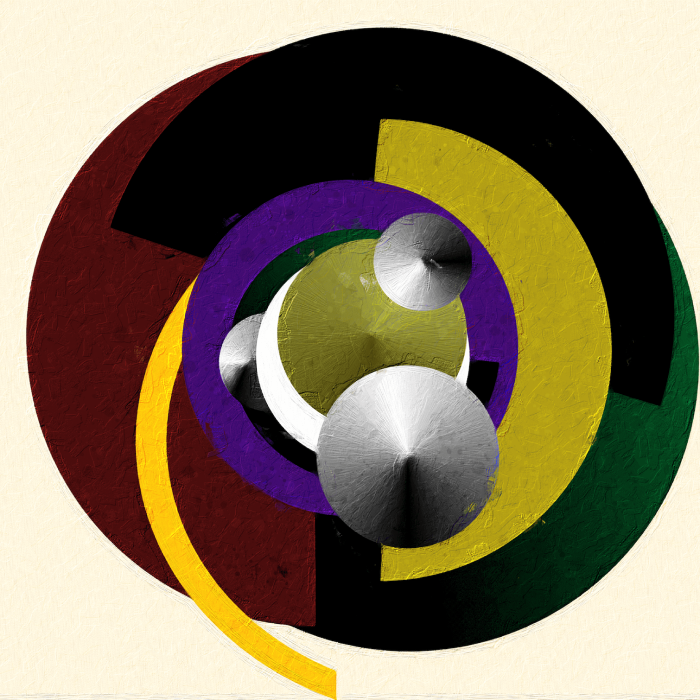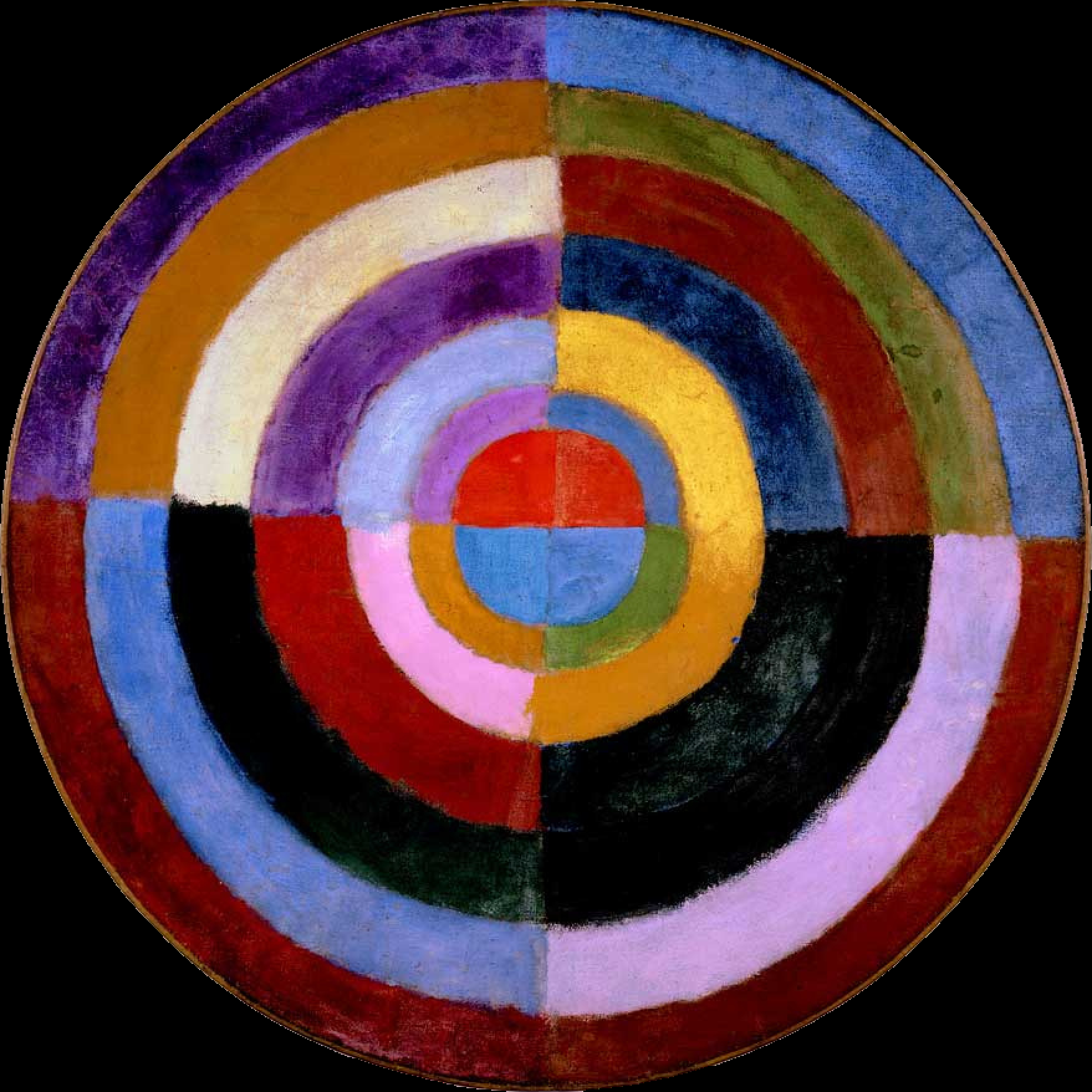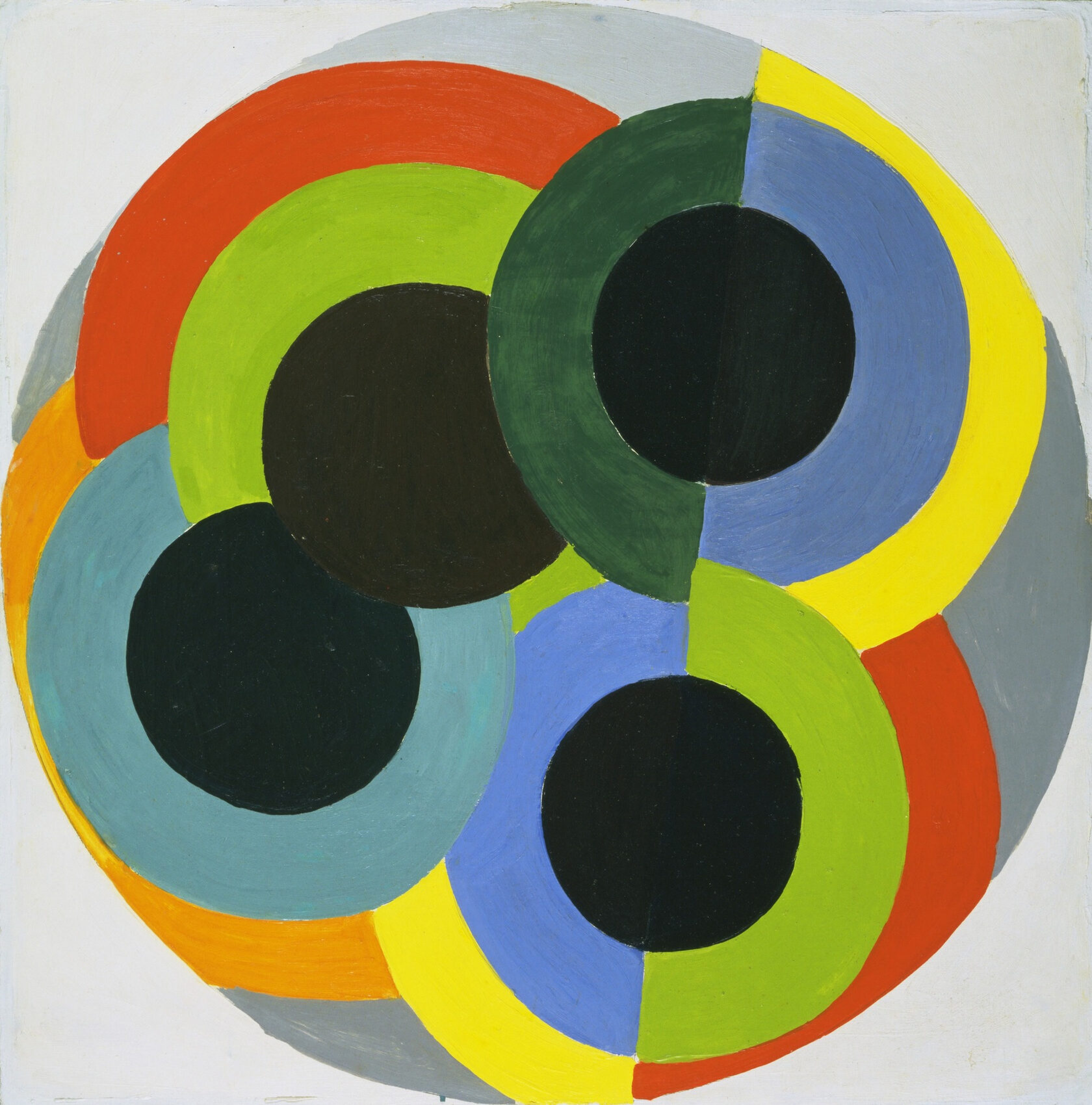SupremePunk #064

Dynamic disks
This Punk is inspired by CryptoPunk #8744 and artworks of Robert Delaunay. This Punk is a dynamic work that is deliberately depicted without visible outlines, and the viewer has to make a clever turn of circles in order for the eyes and mouth to appear in their places on the canvas. This technique was often used by Suprematists and abstractionists in general: Malevich, Kliun, Suetin, Chashnik, Kandinsky. This allows you to convey a sense of dynamics in a completely static work. Moreover, it is worth noting that for anyone unfamiliar with the subject matter of the painting it will be static, that is, the dynamics are directional and local. For us, the reference point for 64 Punk was the work of Robert Delanois and the style he created, Simultanism (from the Latin simul - together, simultaneously), later renamed Orphism. Simultanists depicted concentric circles of color, with combinations of colors (so-called simul contrasts) also creating a sense of movement.

Robert Delaunay — Synchronous drive, 1912

Robert Delaunay — Disks, 1933
Delaunay is one of the forerunners and founders of objectless painting and his contribution to the development of Suprematism and abstractionism in general cannot be overestimated. Delaunay's creative path began with Post-Impressionism and Cubism. And back in 1911, at the invitation of Kandinsky, Robert Delaunay joined the "Blue Rider " association and participated in the Munich exhibition, after which he officially announced a break with the Cubists and switched to abstractionism. He became one of the first abstractionists to move completely away from object images. Delaunay was the first to designate color as the main and only essential painterly factor. He stated that before him color was perceived as a way of "painting", while the main essence of painting is exactly in color.
His works on color, written under the influence of scientists and theorists, are intuitive and can sometimes be incidental statements based on the belief that color is a thing in itself, possessing its own power of expression and form. He believes that painting is a purely visual art that depends on intellectual elements, and that perception consists in the effect of colored light on the eye. Contrasts and harmonies of color cause simultaneous movements in the eye and correspond to movement in nature. Vision becomes the subject of painting.
According to his principle of simultaneous contrasts, our perception in contemplating certain colors requires placing contrasting colors next to each other. This is the technique we used to create 64 Punk, placing contrasting colors in the picture. But unlike the canons of Orphizm, we used more subdued tones in order to sustain the atmosphere of the time and convey the mood of the painting, which is different from the works painted in the era of the "bright future" that was promised to art before the First World War. We, using a different tone, tried to infuse this work with all the hardships and tragedies that happened to humanity in the years that followed Delaunay. And if all the creations in the style of Orphizm were characterized by bright colors, reminiscent of a kaleidoscope, or something unreal, fabulous, we in the color sense “returned" the depicted disk from the extraterrestrial world back into the human world. In the world of pain and hardship, leaving the dynamics that were present from the beginning.

Buy

Gallery:
CryptoPunk #8744 that has been taken as a base

Your transaction is in progress

You have connected to the wrong network

Transaction is successful!


